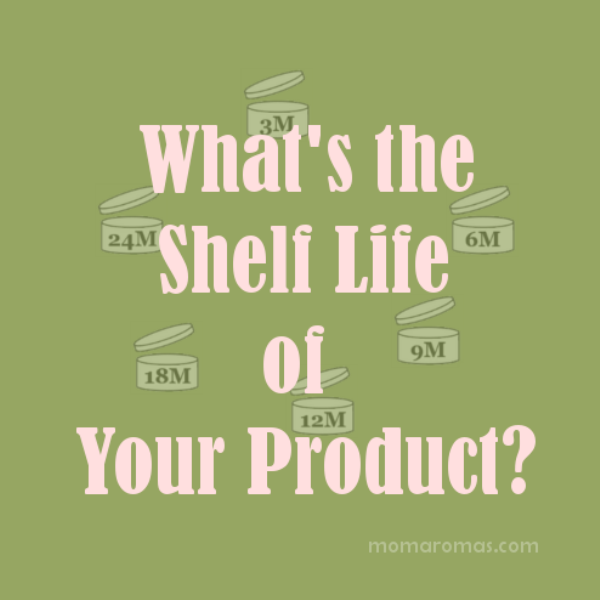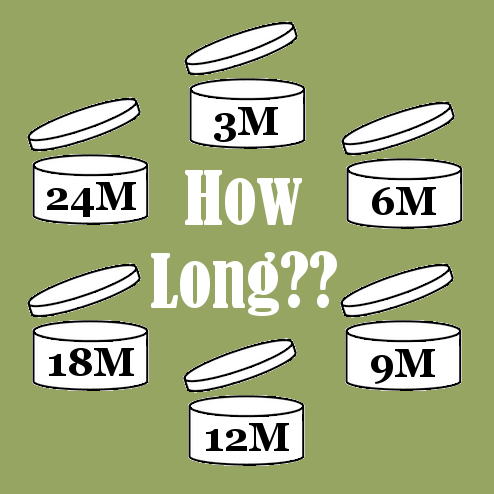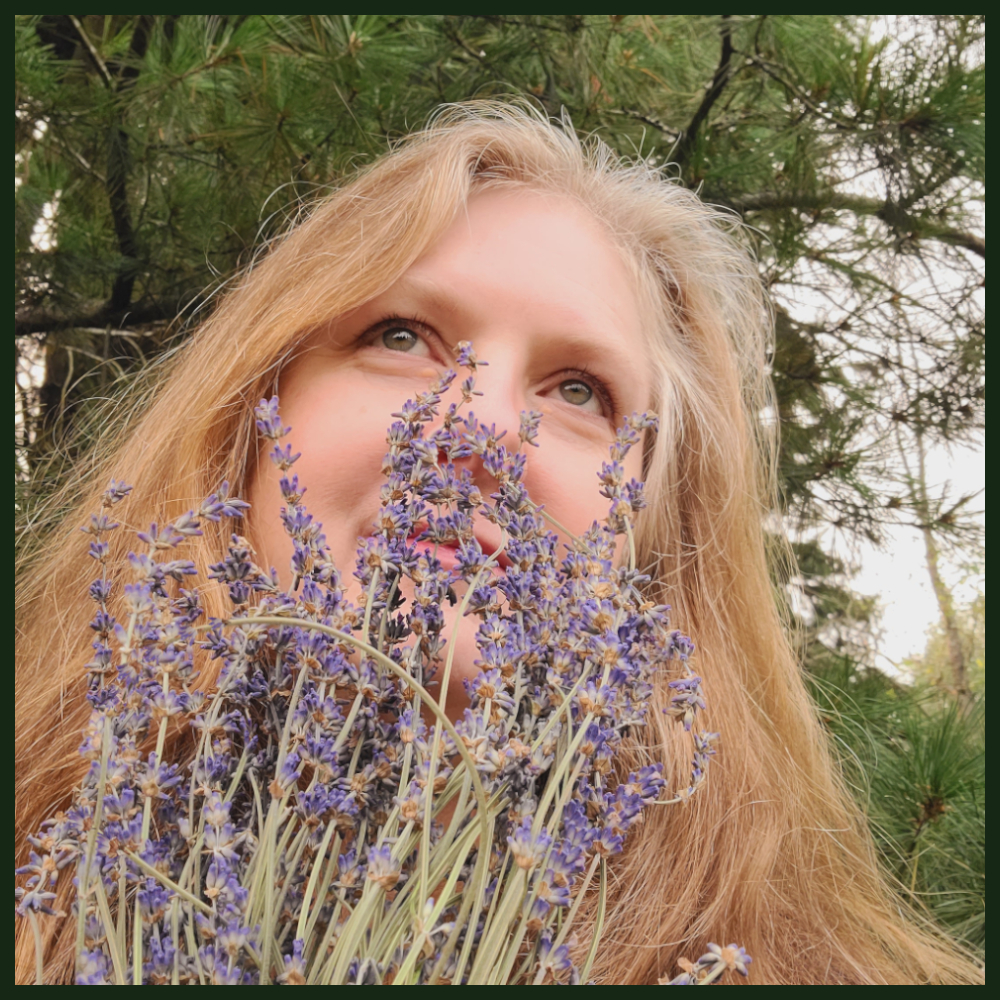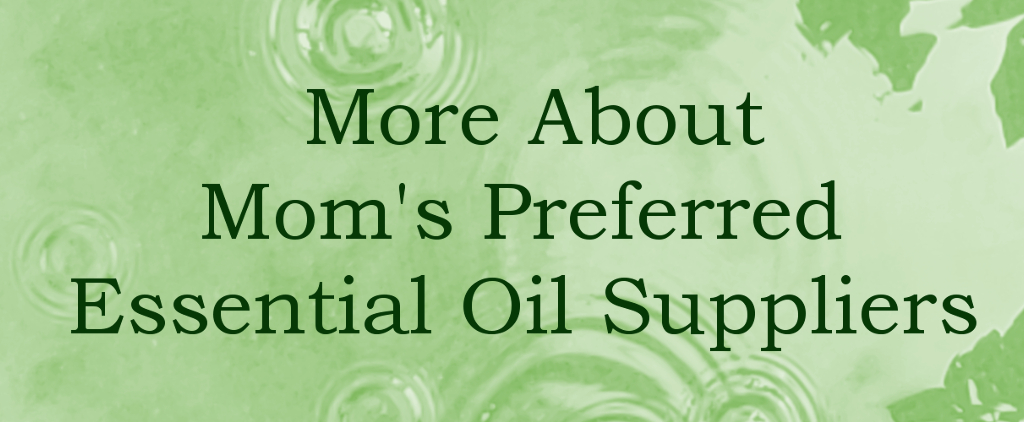
Determining Best By Dates
Despite what you may have been told, essential oils (especially), lipid oils, carriers, hydrosols, and herbs have a shelf life! Everything has a Best By Date.
Using your aromatics before the sun sets on their shelf life is important therapeutically and for safety, too.
- Using rancid lipid oils and other carriers on the skin can cause irritation and damage the skin barrier.
- Applying oxidized essential oils topically can cause irritation and sensitization to the skin.
- Inhaling oxidized essential oils can irritate the mucous membranes.
- And making tea from outdated herbs creates a tasteless lifeless tea.

[This post contains affiliate links. If you make a purchase through one of these links I may earn a commission. This does not impact your price. For more information, please see our disclosure.]
In this Post:
Can You Tell If an Aromatic Is “Bad”?
While some lipid carrier oils may be aromatically quite strong, even odoriferous (think: Neem), when fresh they should smell distinctly of the plant they are produced from. Some oils are thicker than others, but they should spread easily when applied to the skin. As lipid carrier oils age they take on a “spoiled” rancid aroma and they start to feel sticky.
With essential oils it’s hard to determine quality just by smelling the oil. You might find the aroma is less pronounced than when you first opened the bottle. You may find your nose stings a bit when you inhale. These are signs the essential oil has become oxidized. Essential oils should not be used for topical or directly inhaled therapeutic purposes after oxidation has occurred—use them in surface cleaners instead!
The shelf life of a hydrosol is directly related to the manufacturing practices of the distiller. A hydrosol should be transparent. Although many have a faint tint of color, you should be able to see through them. If you see any changes in clarity, “floaters,” or a fluffy clump, dispose of the hydrosol. It should not be used for any purpose.
As dried herbs age they lose their color, aroma, taste, and effectiveness. And who wants to drink bland, dull, lifeless tea?!

💚Hydrosol pH Pro Tip
If you are so inclined, you can test the pH of your hydrosols on a regular basis. Test upon receipt, or after distillation, and then periodically afterwards. A change in the pH indicates the hydrosol is nearing the end of its shelf life. These can be used immediately in cleaning products.
I have a bottle of beautiful smelling Lavandin hydrosol (Lavandula x intermedia) that has been clear and pH stable for over 6 years! I’m keeping it for observation purposes.

Maximizing Shelf Life
- Temperature
- Light (specifically UV light)
- Oxygen
These are the 3 big contributors to aging. By reducing exposure to heat (or changes in temperature), light, and oxygen you can make the most of your aromatics.
To reduce exposure to air, all aromatics should be stored tightly sealed in bottles, jars, or bags.
Most essential oils, hydrosols, and some sensitive lipid carrier oils should be stored refrigerated. For ease, I store all my hydrosols, and actually all of my essential oils, too, in a refrigerator. This maintains a consistent temperature and reduces exposure to light.
Herbs are best stored in glass jars in a dark, cool cupboard—not over your stove/oven! If glass jars aren’t possible, at least keep them cool, dark, and dry. When I receive a big bag of an herb, I first fill my jar, then transfer any extra into several small paper bags, roll the tops down tightly, and pop them back into the supplier’s bag.

💚Hydrosol Pro Use Tip
The keys to the longest shelf life for hydrosols are consistency in temperature and minimal exposure to air and potential contaminants.
So, when using hydrosol as an ingredient in a formulation, remove your hydrosol from the refrigerator, remove the cap and set it aside, dispense what you need, then immediately recap and return to the refrigerator.
To minimize contamination, do not allow any part of the cap that comes in contact with the hydrosol (including the straw if it’s a spray bottle) to touch any surface.

Shelf Life of a Blend
So, when you make a blend how do you know the Best By Date for your final product?

The Best By Date of a blended product is determined by the ingredient with the shortest shelf life.
- Ingredients like beeswax, jojoba oil/wax, and menthol crystals have a nearly indefinite shelf life.
- The shelf life of lipid carrier oils, hydrosols, glycerin/glycerites, and vinegars can range from 6 months to a couple of years.
- Each essential oil has a specific shelf life, with the clock ticking from the moment it is distilled and bottled. This shelf life could be as short as 1 year (for citruses) to more than 20 years (for Patchouli)! The life expectancy of essential oils is all about their chemistry. When using essential oils in a product, in most cases, the essential oil with the shortest shelf life determines the Best By Date for the product.
- Dried herbs generally have a shelf life of about a year. After this time they tend to lose their potency and flavor.
A trustworthy supplier will be able to provide you with the distillation, extraction, or harvest date or season and expected shelf life of the ingredient you’ve purchased from them.

🔶️Important Safety Notes
Products containing water-based ingredients, or those that could be exposed to water, should contain a preservative. The Best By Date of these products is determined through continued testing and cosmetic evaluation. Refrigeration alone is not an effective method of preservation.
Including ingredients like Vitamin E or Rosemary Extract does not preserve a product. These are antioxidants and they only help to extend the shelf life of lipid-based formulations, they do not combat contaminants.

So, What to Do with Old Aromatics?
Lipid carrier oils nearing the end of their shelf life are great for making soap and many can be included in handcrafted candles.
“Expired” essential oils or those nearing the end of their shelf life are great for surface cleaning.
Rather than using “old” herbs in tea, float them in a foot soak or herbal bath. (Or if you have chickens, many herbs can be used in the nesting box or coop!)

Mom’s Recommended Suppliers
If you’d like to know more about the requirements for product labels (in the United States) Marie Gale is the expert. Her fantastic book, Soap and Cosmetic Labeling, explains all the requirements in plain, easy to understand language. It’s a must for every aromatherapist and skin care formulator.
Preferred Essential Oil Suppliers
Each one of these favorite suppliers provides a wide selection of sustainably sourced, therapeutic, beautifully aromatic, pure essential oils, absolutes, and CO2 extracts. Browse their inventory and imagine the aromatic possibilities!
- Aromatics International for ethically wildcrafted, organically sourced, and Certified Organic essential oils and hydrosols (Mom’s AI favorites)
- Plant Therapy for Certified Organic and sustainably sourced, conventional essential oils and hydrosols (Mom’s PT favorites)
- Also at Plant Therapy on Amazon
- Edens Garden (on Amazon) for sustainably sourced, conventional essential oils (Mom’s EG favorites)
Preferred Suppliers for Lipid Carrier Oils
- Renewalize (on Amazon) – my favorite source for specialty facial oils
- Plant Therapy for lipid oils, butters, and hydrosols
- also at Plant Therapy on Amazon
- Cliganic for Vitamin E, Squalane, lipid oils, and some harder to find oils
- also at Cliganic on Amazon
- Aromatics International for organic lipid oils, butters, and hydrosols (especially for hard-to-find hydrosols and those that can be used internally)
- 3CayG (on Amazon) for all natural butters from around the world.
Preferred Suppliers for Herbs & Spices
- Elanen naturals (on Amazon) where all the herbs and teas are Certified Organic
- Mountain Rose Herbs for hand-packaged wildcrafted and organic bulk herbs, teas, and spices
- Starwest Botanicals for a wide range of organic and wildcrafted herbs, teas, and spices (and coffee, too)
- Also at Starwest Botanicals on Amazon, if you’re in a pinch
- Anthony’s Goods (on Amazon) for organic loose leaf herbs, powdered herbs, spices, flours, teas, and more
- FGOrganics (on Amazon) for organic edible flowers and teas
- The Spice Way (on Amazon) for farm to table, hand packaged, whole and ground spices and spice blends
- Spice Train (on Amazon) for beautifully aromatic organic whole and ground spices
- Gustus Vitae (on Amazon) for richly flavorful spices, seasoning blends, and salts

Chris P | Author, Certified Aromatherapist, Natural Skin Care Formulator
Chris (“Mom”) enjoys formulating bespoke aromatherapy, skin care, and herbal products to support her family, pets, friends, and clients. She also loves experimenting with recipes in the kitchen. An avid reader, writer, and lifetime learner, Chris enthusiastically explores research rabbit holes and then writes about her discoveries.💚 (Learn more >>)




